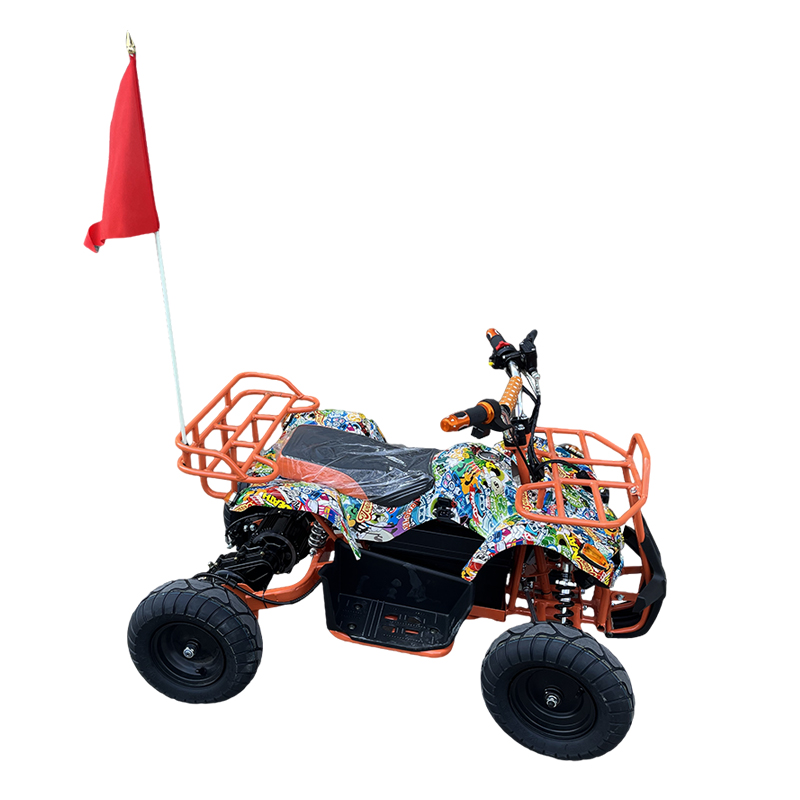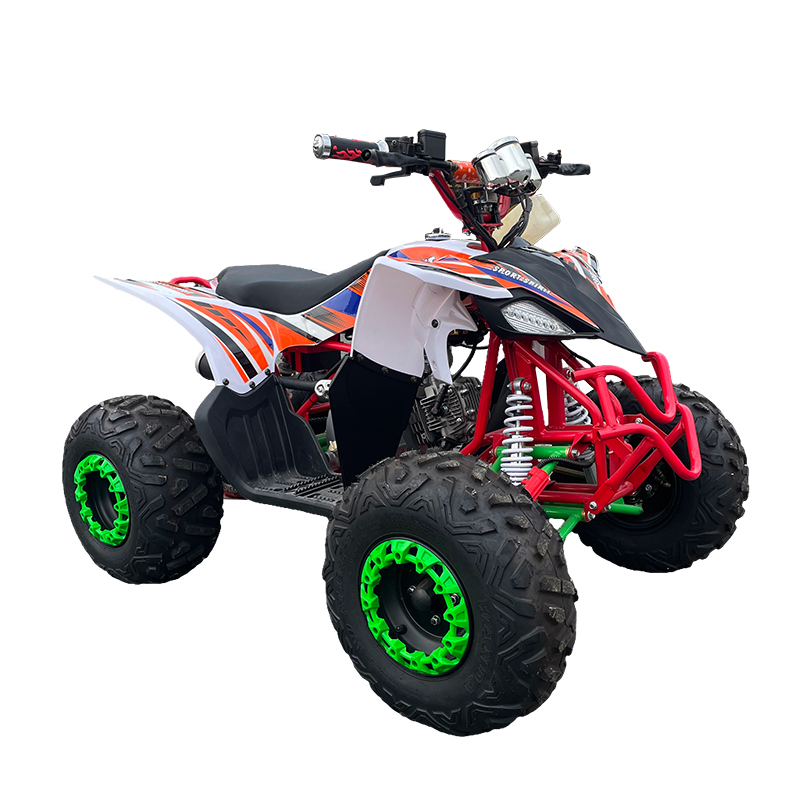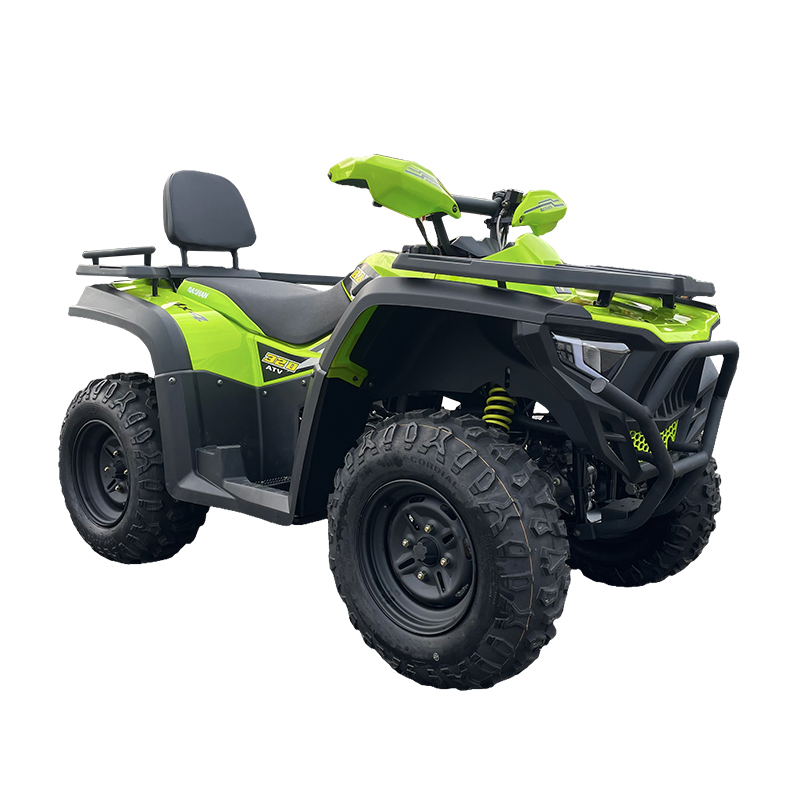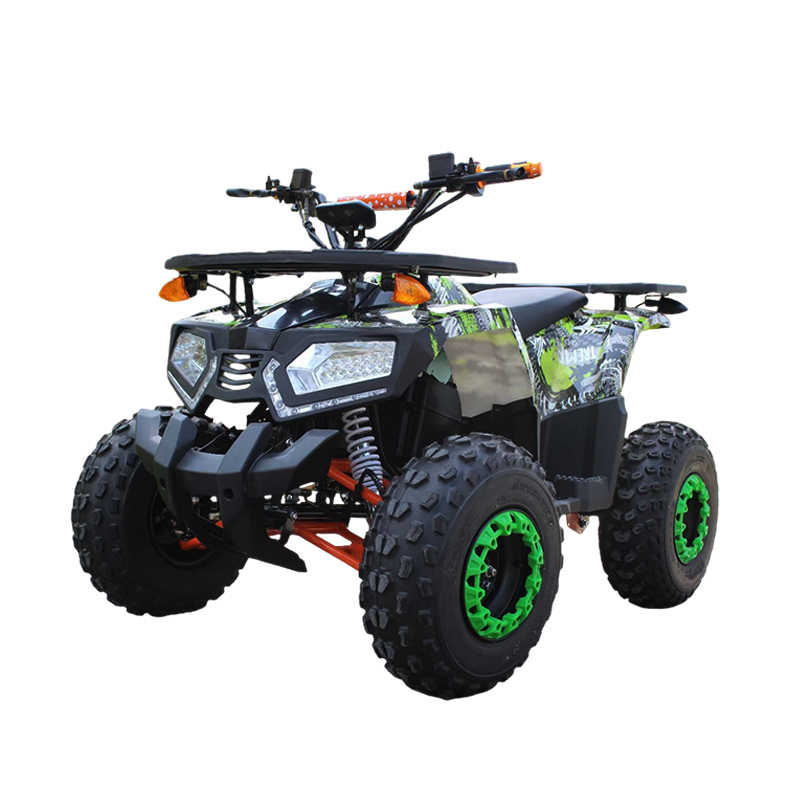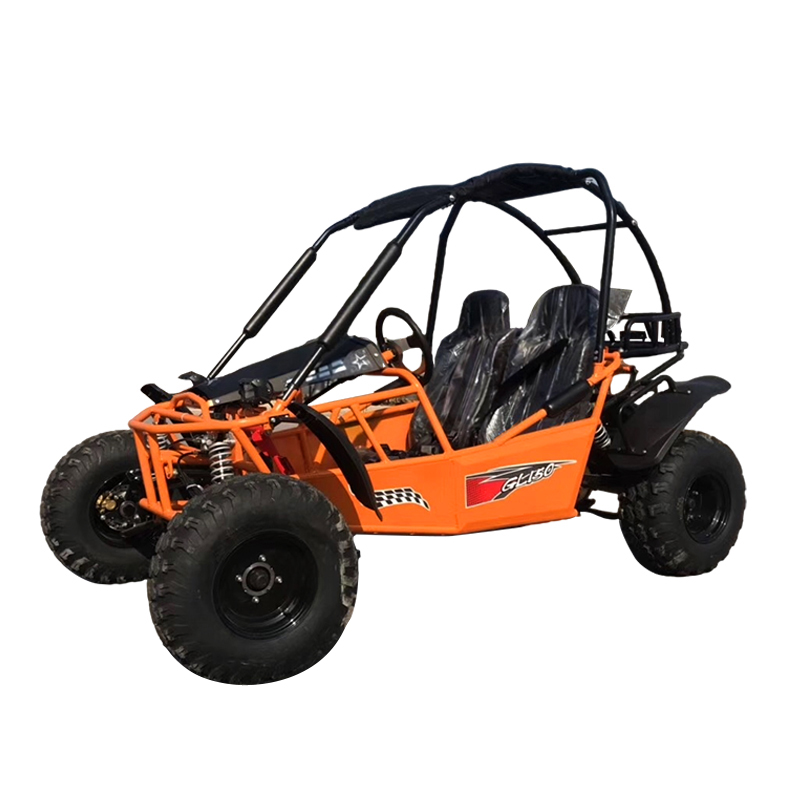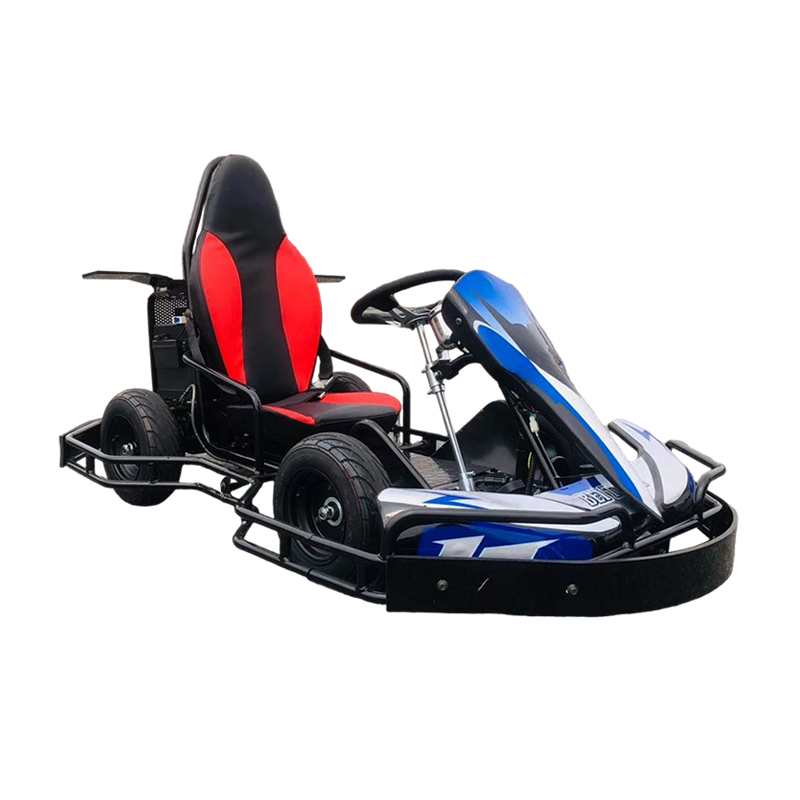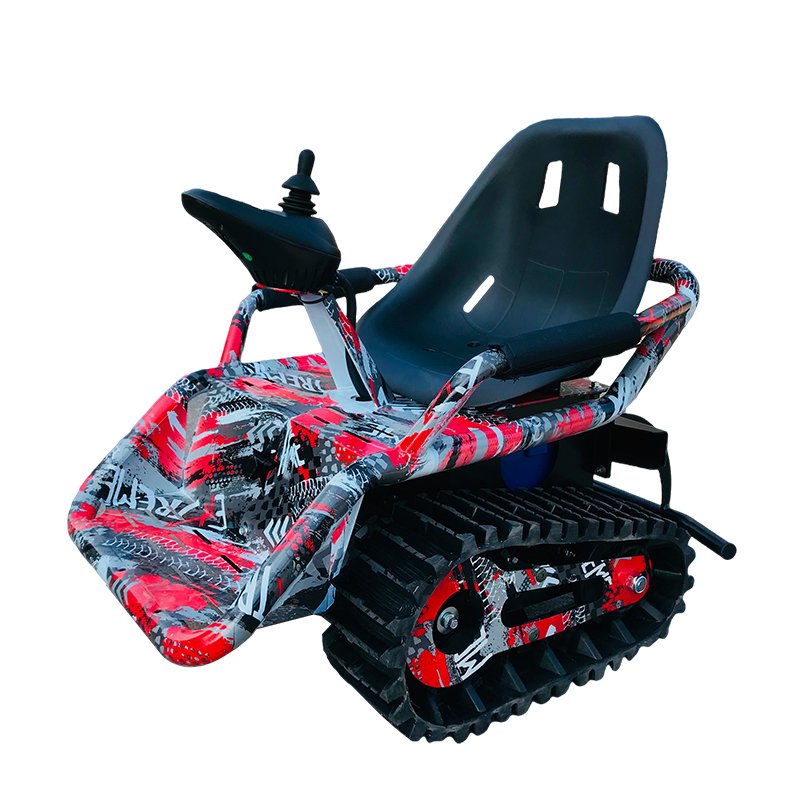The all-terrain vehicle industry continues to evolve as ATV manufacturers introduce new technologies and designs to meet changing consumer demands. These producers of four-wheel off-road vehicles are responding to market trends that emphasize performance, safety, and environmental considerations. The current landscape for ATV manufacturers reflects growing interest in recreational off-roading, agricultural applications, and utility vehicle adaptations across global markets.
Recent product developments from pilot ATV manufacturers showcase advancements in engine technology and vehicle dynamics. Many new models feature fuel-injected engines with improved efficiency and reduced emissions, addressing both environmental concerns and operating cost considerations. Several ATV manufacturers have introduced electric powertrain options, expanding the market for eco-conscious riders and users operating in noise-sensitive environments. These technological improvements demonstrate how the industry is adapting to broader sustainability trends while maintaining the power and capability expected from off-road vehicles.
Safety features have become a primary focus for ATV manufacturers as rider protection standards continue to evolve. Modern designs incorporate enhanced suspension systems, improved braking technology, and stability control features that help prevent rollovers. Many ATV manufacturers now include integrated safety systems as standard equipment, recognizing the importance of accident prevention in off-road conditions. These developments reflect the industry's commitment to responsible riding practices while maintaining the adventurous spirit that defines the ATV experience.
The agricultural sector represents a significant market for ATV manufacturers, with specialized models designed for farm and ranch applications. Utility vehicles with cargo beds, tow hitches, and accessory mounting systems provide essential transportation and labor-saving capabilities in rural environments. Several ATV manufacturers have developed models specifically for vineyard operations, livestock management, and other agricultural specialties. These work-oriented vehicles demonstrate how ATV manufacturers are tailoring products to meet professional needs beyond recreational use.
Consumer preferences are influencing product development strategies among ATV manufacturers. Many riders now seek vehicles that balance recreational performance with practical utility features. In response, manufacturers are offering modular designs that allow for easy customization with various accessories and attachments. Some ATV manufacturers have introduced youth models with speed limiters and reduced power outputs, catering to families introducing younger riders to off-road recreation.
Global market conditions present both challenges and opportunities for ATV manufacturers. Fluctuating material costs and supply chain considerations continue to impact production schedules and pricing structures. However, growing interest in outdoor recreation and the expansion of off-road trail networks in various regions are creating new market opportunities. Many ATV manufacturers are adjusting their distribution strategies to serve emerging markets while maintaining strong support in traditional strongholds.
Environmental regulations are shaping product development roadmaps for ATV manufacturers worldwide. Stricter emissions standards in various jurisdictions have accelerated the development of cleaner-burning engines and alternative powertrain options. Several ATV manufacturers have implemented comprehensive sustainability initiatives that extend beyond vehicle emissions to include manufacturing processes and facility operations. These efforts demonstrate the industry's recognition of its environmental responsibilities while continuing to deliver capable off-road vehicles.
The ability to combine recreational excitement with practical utility ensures that ATV manufacturers will continue playing a significant role in the powersports industry. Their vehicles serve diverse purposes ranging from weekend trail riding to essential agricultural work, demonstrating remarkable versatility. With ongoing attention to safety, environmental responsibility, and user experience, ATV manufacturers are well-prepared to navigate the challenges and opportunities of the evolving off-road vehicle market.

